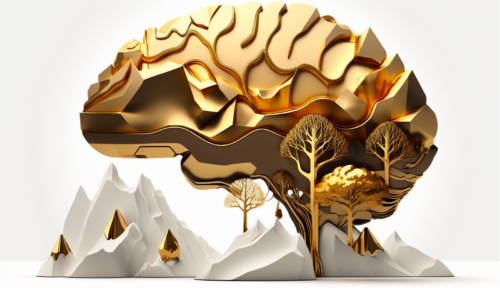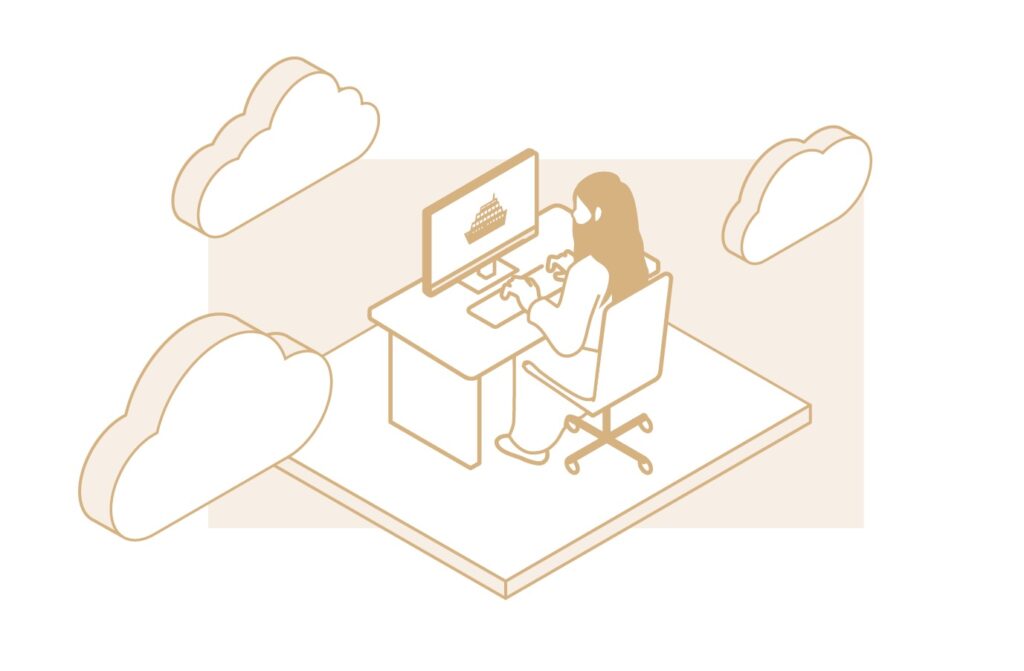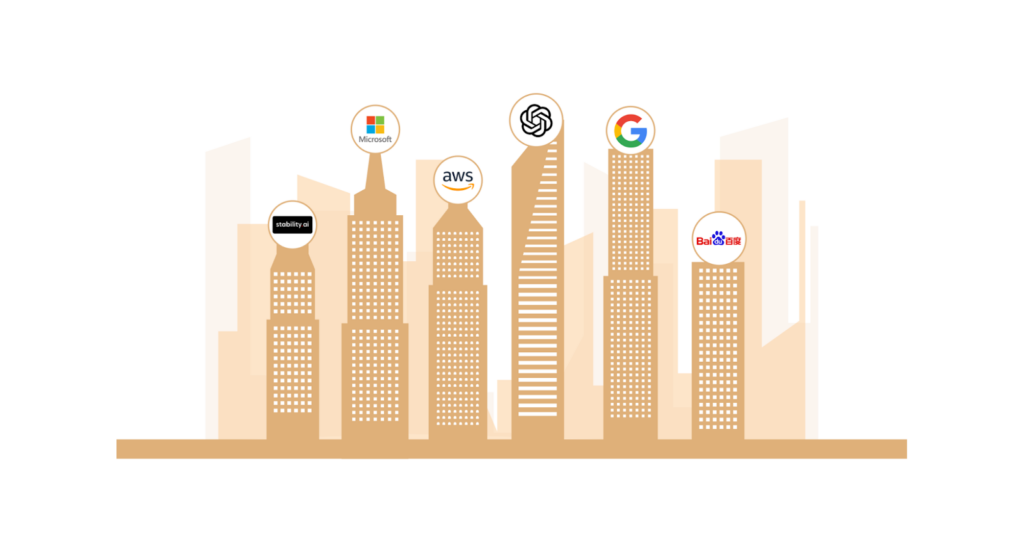Is your AI task force stuck? Here’s why.
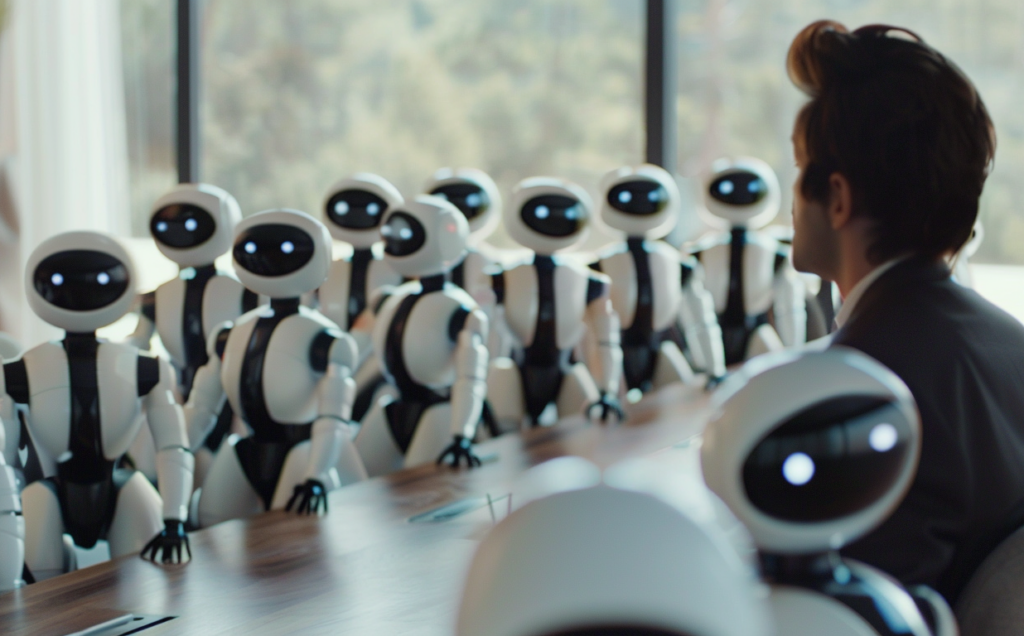
Another month, another AI task force meeting.
You look around the table and see some of your company’s brightest minds. Senior executives, developers, creators—all joined by their enthusiasm for artificial intelligence. When ChatGPT came out, everyone realized the company needed to get on the Generative AI train, and these were the people who volunteered to lead the way.
It was a good first step, but after a year of meetings, there’s not much to show for it. It can be like herding cats. Plenty of ideas have been proposed, but moving from idea to execution hasn’t been easy. It’s an uphill battle to get agreement among the group, let alone approval from legal and buy-in from the top brass. You’re starting to worry that the company will fall behind the AI wave.
We’ve seen this over and over in the last year, across many industries. Everyone wants to make the most of AI, but they aren’t exactly sure how. It’s not an easy question to answer—the landscape is evolving rapidly, and the possibilities keep growing.
Thankfully, there’s a reliable way to get unstuck: a structured discovery process. In other words, a systematic way of researching and prioritizing possibilities, then creating an actionable plan to bring them to life, all within a few months. Read on to learn how—and why—it works so well.

Task Force vs. Structured Discovery Process
No matter how brilliant and sophisticated your task force members are, they all share one flaw: they have full-time jobs. They have other obligations and can probably only dedicate a tiny fraction of their time to AI, which makes it hard to get past the initial idea generation phase.
That’s when the real hurdles come up: sorting through the competing priorities of different stakeholders, understanding the feasibility and technical requirements, dealing with legal and regulations, and convincing the C-suite to fund new initiatives.
These challenges make the process slow to a crawl. Typically, revolutionary ideas are perceived as too difficult or risky, so they get blocked. For example, consider the distinction between the two leading AI business solutions:
AI-generated solutions – Which involve AI actually creating content.
AI-powered solutions – Which use AI to facilitate or curate human-made content.

Many companies are excited about the former, but when push comes to shove, they default to the latter because it’s safer. As a result, they miss out on opportunities to make the most out of cutting-edge AI.
In contrast to a task force, a structured discovery process is a resourced initiative with a clear timeline and KPIs. For the people on the team—whether they are your own employees or outside consultants—this project is their main focus, and they have budgeted significant time for it. As a result, the process can move forward quickly without interrupting normal operations or losing momentum.
A huge array of benefits flows from there. Because they can dedicate the time, a discovery team will uncover a wider range of ideas and perform deeper, more detailed research. If you choose to hire an external agency, they can synthesize the priorities and requirements of all stakeholders in an impartial way. In the end, their efforts produce a clear roadmap for moving forward, including all the tools needed to go to the C-suite, get funding, and take action.
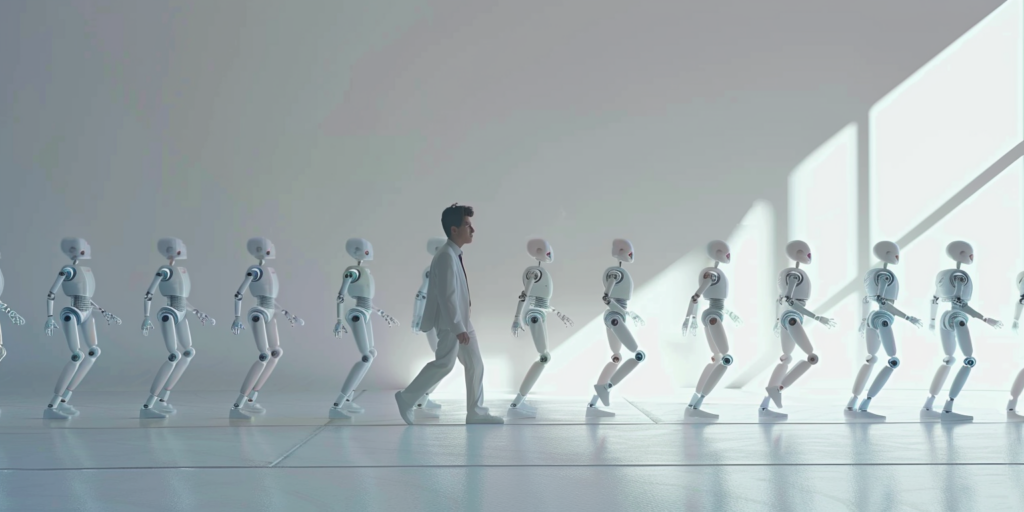
How the Discovery Process Works
To illustrate how we approach this process at Journey, let’s consider an imaginary hotel conglomerate that owns a dozen hotel brands and hundreds of hotels around the globe. For years, the company has used AI-powered programs for some internal operations. However, the new generation of AI is a giant leap forward, and the company’s leaders want to use it to enhance the customer journey dramatically.
They know other hotel groups think the same thing, so there’s significant pressure to stay ahead of the curve. At the same time, they’re feeling overwhelmed because the possibilities seem endless, and so many AI platforms and consultants are trying to sell them a solution. They formed an AI task force in early 2023 to address the issue, but its progress has been slow.
For this project, we would assemble a team of 8 experts, set a timeline of 3 months, and designate a small group of key stakeholders from the client team to be our primary points of contact. With that, we’re ready to kick off the discovery process.
Step 1: Gather internal information
First, we need to build a deep understanding of who the company is, what it wants to accomplish with AI, and what it has learned so far. This starts with meeting the AI task force and pulling together documents like brand guidelines, strategic plans, and previous project reports. From there, we identify the key stakeholders and experts to interview in more depth.
The secret sauce here is to ask questions that take team members out of their daily thought processes. We want to take them beyond incremental improvements into the terrain of big possibilities and unique angles.
Step 2: Perform external research
As we conduct those interviews, we kick off a parallel process of in-depth research and analysis, which we typically break into four parts.
Channel analysis – investigates the overall state of generative AI. It asks which platforms dominate the space and drive innovation, as well as what’s technically possible now and what’s on the horizon.
Competitive analysis – focuses on what other companies are doing with AI. This includes direct competitors, like other hotel groups, as well as adjacent sectors like cruise lines, airlines, resorts, and tourism boards. We also look at brands in other industries, like fashion or entertainment, that are doing exciting things with the technology.
Edge cases analysis – looks at what the most cutting-edge creatives are doing with AI. This might include applications that seem totally unrelated to the hotel business, but they often inspire creative thinking and expand the boundaries of what’s possible.
Technology analysis – identifies the specific technologies that might be needed and establishes a thorough understanding of how they work and what kind of hardware, software, data, and expertise are required to implement them.
This research helps us expand on the ideas generated in Step 1 while also starting to set realistic expectations around what is feasible.
Step 3: Set goals
At this point, we start reconciling all the desires and concerns that surfaced in the interviews into a prioritized set of key goals. On an internal task force, this process is often highly contentious. However, as an impartial third party, the discovery team can see all the competing perspectives more clearly and weigh them against each other without conflict. We collaborate with the key stakeholders to come to a well-defined statement of the project’s key goals.
For this hotel group, it might include things like this:
- Convert more bookings
- Reduce customer service problems
- Inspire more 5-star reviews and repeat visits
Step 4: Identify themes
Then, we look at the long list of AI application ideas and pull out the common themes. For the hotel group, that might be:
- Personalization of marketing and sales efforts
- Improving the booking and travel experience
- Personalization of the guest stay experience
- Personalization of post-trip follow-up
Step 5: Develop specific concepts
Once we have clear goals and themes, we can develop concepts for specific AI applications that fit the bill. For example, focusing on the theme of personalizing the guest stay experience, some specific concepts might be:
- A voice-activated AI chatbot that can answer any question for guests, deployed through both a mobile app and virtual assistant devices on the hotel property.
- Dynamically generated in-room entertainment (e.g. music, television screensavers, lighting) based on the guest’s preferences and the purpose of their stay.
- AI-powered “surprise and delight” programs that provide special perks and gifts to high-value guests based on their personal profile.
Step 5: Create the roadmap
The next step is to map out exactly how the client would bring these concepts to life. That includes identifying the foundational technology that’s required and who is the best provider. It also includes analyzing the budget and staff required to build and run the solution, as well as how this new effort will fit within the organization’s structure. The goal is to lay out a clear set of action steps with a realistic timeline and budget so the company’s leadership can understand the path to implementation.
Step 6: Present the case
The final outcome of the structured discovery process is a beautifully packaged, comprehensive internal document that details all the findings and proposed plans. What clients love most is that they can use this document to get buy-in from the C-suite and educate people throughout the organization about what the company is doing with AI and why.
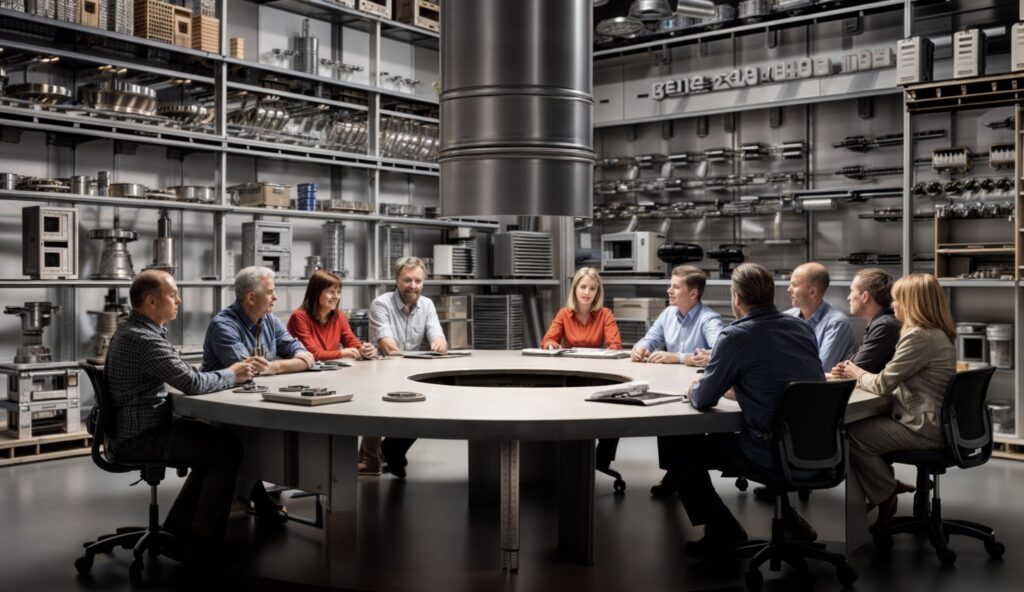
Don’t Just Think About AI—Do It
In the end, what matters is getting to an actionable plan. If your AI task force can execute this kind of structured process, that’s wonderful…but in most cases, they simply don’t have the time or resources. By partnering with an external team, you’ll alleviate the burden on your task force members and get to a solution quicker. With the right experts, this process will show you how to build an AI tech foundation you’ll use to surf the proverbial AI wave.




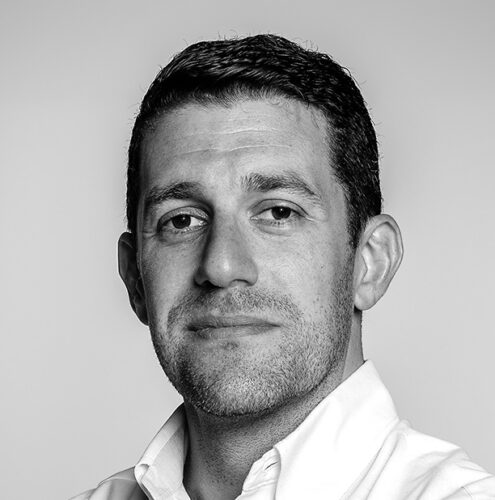 Brandon Kaplan
Brandon Kaplan



